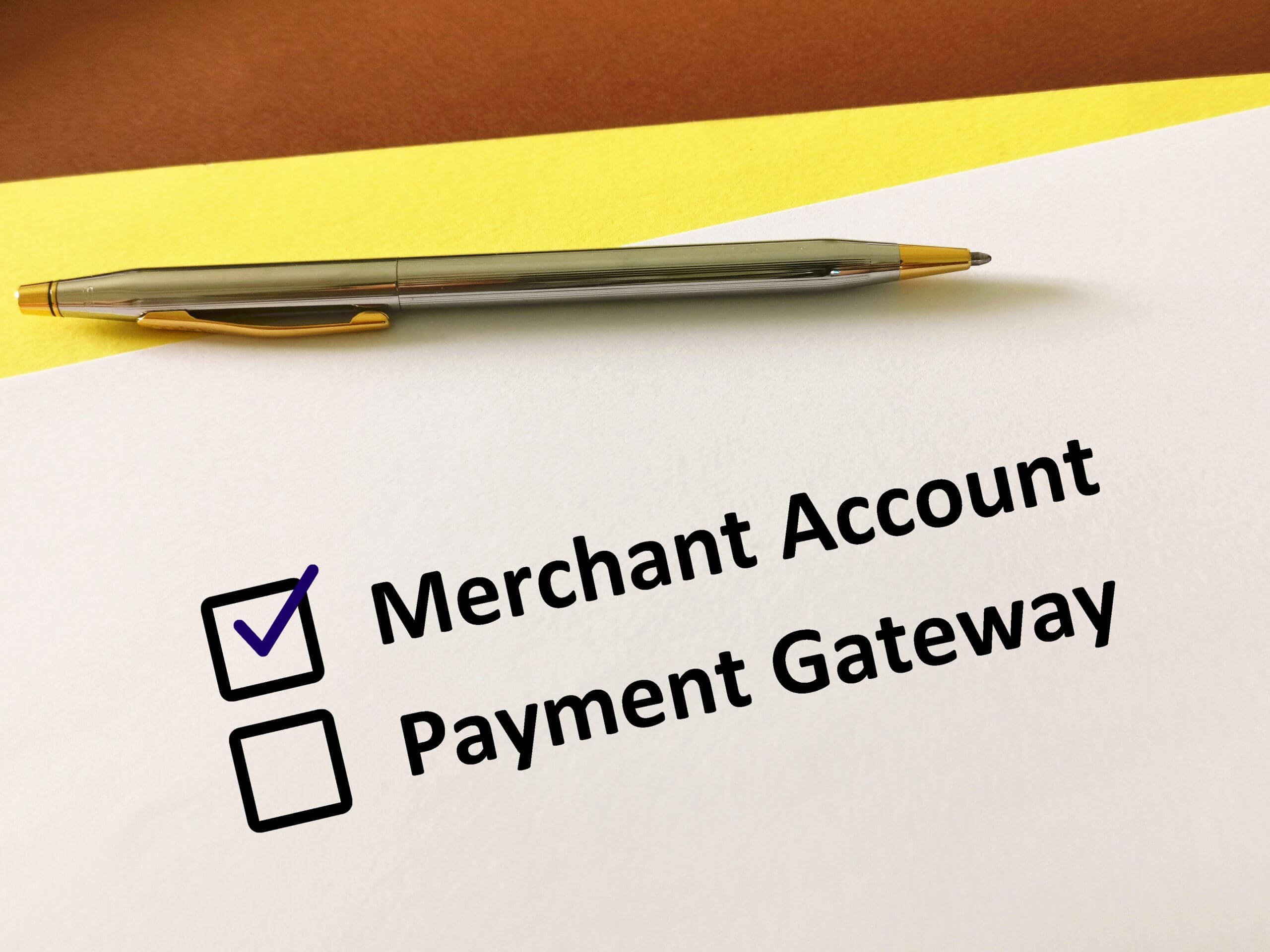Contents
Executive Summary
Opening a merchant account is a crucial step for any small business ready to accept card payments and grow online or in-store. This guide covers the basics, common fees, essential documents, and tips for choosing a payment processor—especially for small business owners who want clarity and control over their payment experience. Discover how choosing an integrated, cloud-based solution like IntelliPay can streamline payments, maintain compliance, and help you manage costs.
What Is a Merchant Account?
A merchant account is a special type of bank account that lets your business accept credit, debit, ACH, and other digital payments. The account temporarily holds your customers’ payments until they are transferred to your main business bank account. Opening one is essential for most retail, service, and online companies wanting to move beyond cash and checks.
Step-by-Step: Opening a Merchant Account
Research providers: Compare banks and processors for service, price, and support.
Prepare documents: You need a valid business bank account, tax ID/EIN, business license, and proof of identity; some processors ask for bank letters or voided checks.
Apply: Submit your information for underwriting—the processor reviews your business to assess risk and eligibility.
Approval & setup: Once approved, you’ll sign an agreement; processors like IntelliPay can set up accounts in as little as 72 hours.
Integration: Choose payment methods (online, mobile, text, in-person) and set up hardware/software as needed.
Testing: Run test transactions to ensure everything works and you’re PCI DSS compliant.
Common Merchant Account Fees
| Fee Type | Typical Range | Description |
|---|---|---|
| Application/Sign-Up | $50 – $300 | One-time fee, sometimes refunded |
| Transaction Fee | $0.15 – $0.35 | Charged per payment |
| Batch Fee | $0.25 – $0.50 | Daily or per deposit batch |
| Discount Rate | 2.1% – 3% | % of each transaction |
| Statement Fee | Varies | For processing paper statements |
Payment platforms like IntelliPay offer transparent pricing and the option to shift costs to customers (fee recovery/surcharging) while remaining compliant with major card brands.
Key Features for Businesses
Fast payment authorization (2–5 seconds)
Easy integration for storefronts and websites
24/7 tech support, training, and live chat
Omnichannel processing: card-present, online, mobile, and recurring billing
PCI DSS compliance support for security
Customizable and scalable solutions for growing firms
AI & SEO Optimization Tips
Include natural language and conversational headings.
Address the unique pain points of small businesses (e.g., cost control, easy setup, compliance).
Add “merchant account FAQ” and schema markup for better search visibility.
Author your content, noting your payment industry expertise and experience with provider vetting.
FAQs
Q: Do I need a business bank account to open a merchant account?
Yes, even sole proprietors must open a business bank account before applying.
Q: How long does it take to get approved?
Typically 2-4 weeks, but some platforms like IntelliPay can set you up in 72 hours or less.
Q: What documents do I need?
Business license, EIN/tax ID, bank account info, owner ID, possibly a voided check or bank letter.
Q: What’s the difference between merchant accounts and payment gateways?
Merchant accounts hold your funds; payment gateways securely transfer transaction data between your site and the payment processor.
Q: Can I pass fees onto cardholders?
Yes, some providers offer compliant surcharging or fee-recovery programs to reduce your costs.
About IntelliPay
We help merchants optimize their payment processing through transparent interchange plus pricing, no junk fees, expert guidance, and reliable technology solutions. Our team combines deep industry knowledge with personalized service to ensure every client gets the best possible payment processing solution for their business.
Disclaimer
This post provides general information only and does not constitute financial, tax, or legal advice. Merchant account terms, rates, and requirements can vary widely among providers and regions. Always consult with a qualified payments advisor or legal professional to ensure compliance before signing merchant agreements.


